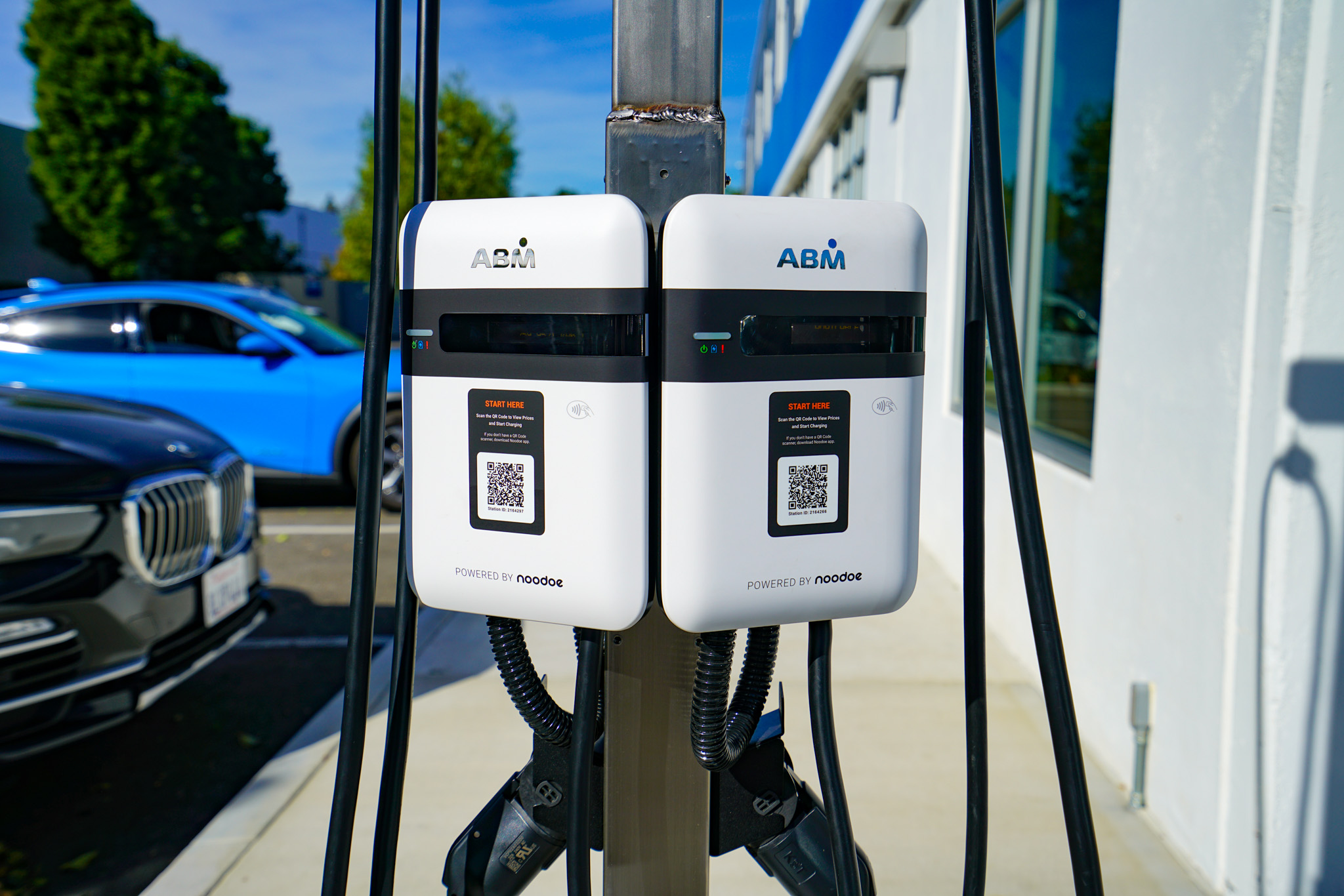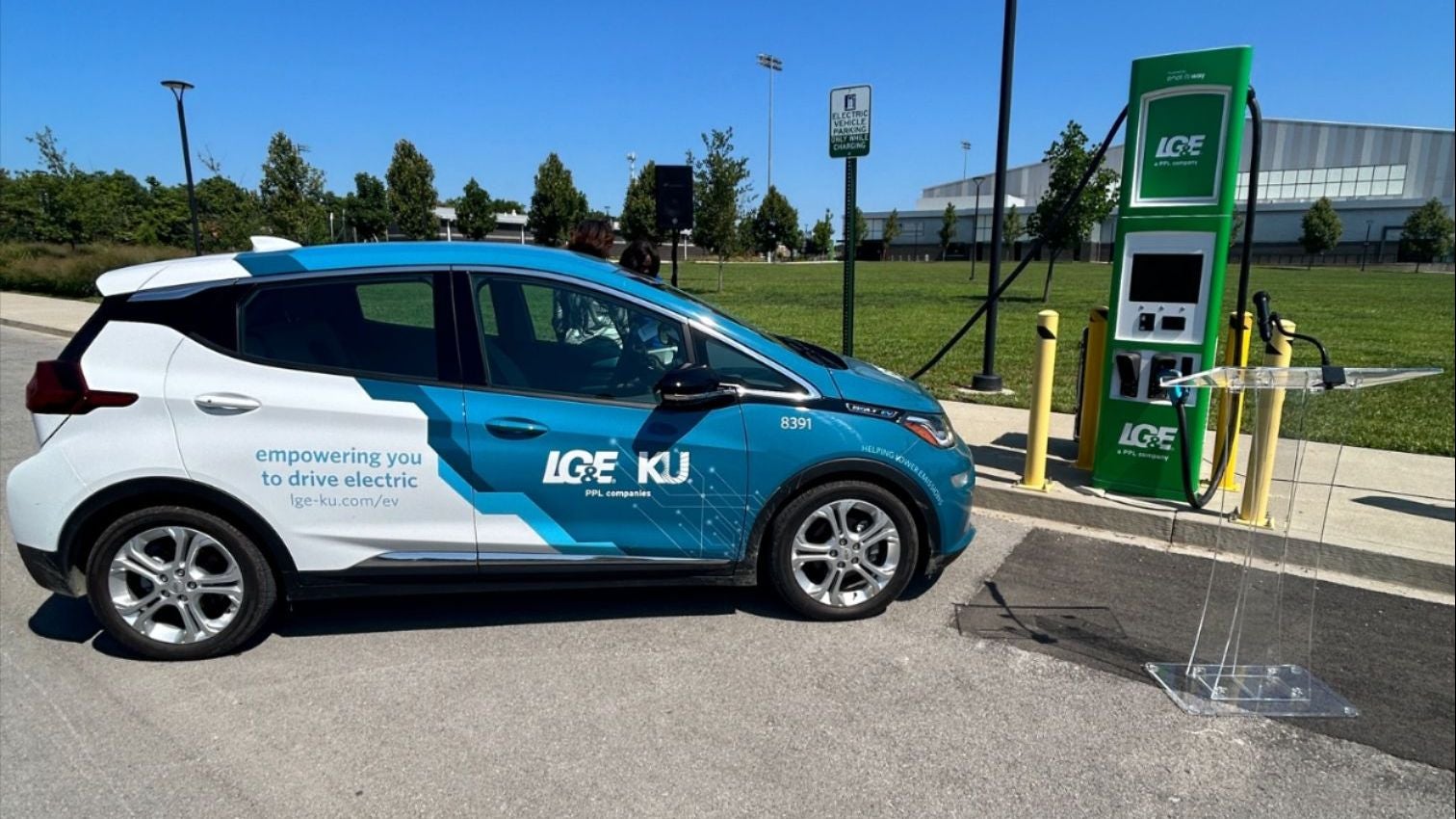Leading EV Charging News: Secret Updates on Facilities and Innovation

Recent Developments in Fast-Charging Modern Technology

Furthermore, advancements in battery modern technology, consisting of enhanced thermal administration systems and greater energy thickness batteries, complement fast-charging capabilities. These developments reduce the threat of battery degradation throughout rapid charging, making sure long life and efficiency for EV proprietors.
In addition, the integration of clever charging services is boosting customer experience, making it possible for real-time monitoring and vibrant rates designs. EV Charging news. This adaptability enables drivers to optimize charging times and expenses based on grid need
As automakers remain to purchase fast-charging networks, the cooperation in between industry stakeholders is essential. Collaborations between charging station suppliers and automobile manufacturers are paving the method for comprehensive protection, eventually cultivating a more robust EV ecosystem. These innovations are essential in supporting the change to sustainable transportation.
Government Initiatives for Billing Growth
Federal government campaigns play an essential function in the development of electric automobile (EV) charging framework, assisting in the change to sustainable transport. Different federal and state programs are being executed to boost charging ease of access, minimize the financial burden on customers, and promote the fostering of electric cars.
Notably, the U.S. government has actually assigned considerable funding via the Facilities Financial Investment and Jobs Act, which allocates $7.5 billion for EV charging network growth throughout the country. This funding is focused on deploying countless new charging stations, specifically in underserved areas, consequently addressing array stress and anxiety amongst possible EV purchasers.
Additionally, many states are passing legislation to enhance the allowing process for billing terminal installments, which is critical for speeding up release. Motivations such as tax obligation credit histories and discounts for both customers and companies are likewise being introduced to urge the installation of charging infrastructure.
In addition, public-private partnerships are significantly ending up being an emphasis, leveraging exclusive investment to match federal government funding. These campaigns underscore a collective method vital for developing a effective and extensive EV billing network, eventually contributing to a greener and more sustainable future.
Cutting-edge Battery Solutions Enhancing Performance
Changing the landscape of electrical lorry (EV) innovation, cutting-edge battery options are considerably boosting efficiency and efficiency. Advancements in battery chemistry, especially with lithium-sulfur and solid-state batteries, are resulting in increased power thickness, which enables longer varieties and faster charging times. These brand-new battery kinds have the possible to outmatch standard lithium-ion batteries by using higher capabilities while reducing weight, therefore improving overall automobile performance.
In addition, growths in battery monitoring systems (BMS) are optimizing energy usage and prolonging battery life-span. Smart algorithms check battery health and performance, enabling real-time changes to charging and releasing processes. This not only improves the effectiveness of the battery but also makes sure a much more reputable and sustainable power resource for EVs.
Moreover, the integration of recycling technologies is resolving the ecological effect of battery manufacturing and disposal. Innovations in second-life applications for EV batteries are facilitating their usage in energy storage space systems, adding to a circular economic situation.
As these cutting-edge battery remedies continue to evolve, they promise to transform the EV market, making electric lorries more obtainable and enticing to a wider target market while supporting international sustainability objectives.
Collaboration In Between Automakers and Charging Networks
Identifying the important requirement for a durable billing infrastructure, automakers are progressively teaming up with billing network suppliers to improve the EV possession experience (EV Charging news). These collaborations aim to create a seamless my company charging community that benefits consumers and sustains the transition to electric cars
Significant vehicle brands are signing up with pressures with well-known charging networks to increase their charging station insurance coverage, ensuring vehicle drivers have accessibility to hassle-free and trustworthy billing options. Collaborations with networks like ChargePoint and Electrify America permit car manufacturers to incorporate billing services straight into their lorries' navigation systems, assisting users to the local stations and supplying real-time availability updates.
In addition, these collaborations frequently cause the growth of fast-charging technologies that substantially minimize the time needed to recharge an EV. By merging sources and proficiency, car manufacturers and billing networks can innovate much faster, developing remedies that satisfy the expanding need for electric wheelchair.
Additionally, joint initiatives may also bring about even more standard charging methods, which can minimize customer confusion and advertise more comprehensive EV adoption. In general, these calculated partnerships are essential in building a efficient and easy to use billing infrastructure that fulfills the demands of a broadening electric car market.
Challenges Dealing With EV Billing Infrastructure
As the electric car market continues to expand, a number of obstacles are emerging that hinder the growth of a comprehensive billing infrastructure. One of the key obstacles is the inadequate number of charging stations, particularly in underserved and rural urban locations. This void produces array anxiety amongst prospective EV buyers, hindering them from making the button.
In addition, the lack of standardization in charging modern technology makes complex the infrastructure landscape. Variations in plug types and billing speeds can develop confusion for users and raise functional complexities for billing network operators. The combination of charging stations into existing electrical grids positions considerable challenges. Lots of regions face capability restrictions, calling for significant financial investments in grid upgrades to fit increased demand.
An additional pressing problem is the high cost connected with the setup and upkeep of billing stations, which can be an obstacle for both private organizations and public entities. Governing difficulties and zoning restrictions can postpone the release of charging framework, hindering progress in broadening essential solutions. Dealing with these obstacles will certainly be critical for cultivating a durable EV ecological community that sustains the change to lasting transport.
Final Thought
Finally, the ongoing developments in EV charging modern technology, supported by substantial federal government efforts and ingenious battery remedies, are vital for the expansion and performance of electrical automobile framework. Cooperations in between car manufacturers and charging carriers better improve terminal insurance coverage, addressing the growing need for available billing options. Regardless of obstacles that persist within the EV billing landscape, these growths symbolize click here for more info a positive trajectory towards an extra efficient and lasting electric vehicle community.
Innovations in billing framework have actually led to the growth of ultra-fast chargers qualified of delivering up to 350 this contact form kW of power, significantly decreasing billing times. Variants in plug kinds and charging speeds can produce confusion for customers and enhance operational complexities for billing network drivers.In final thought, the recurring advancements in EV billing innovation, supported by significant government efforts and innovative battery services, are crucial for the development and performance of electrical car infrastructure. Cooperations between automakers and charging service providers additionally enhance terminal insurance coverage, resolving the growing demand for obtainable billing options. Despite obstacles that linger within the EV billing landscape, these developments signify a positive trajectory towards an extra reliable and sustainable electric lorry environment.